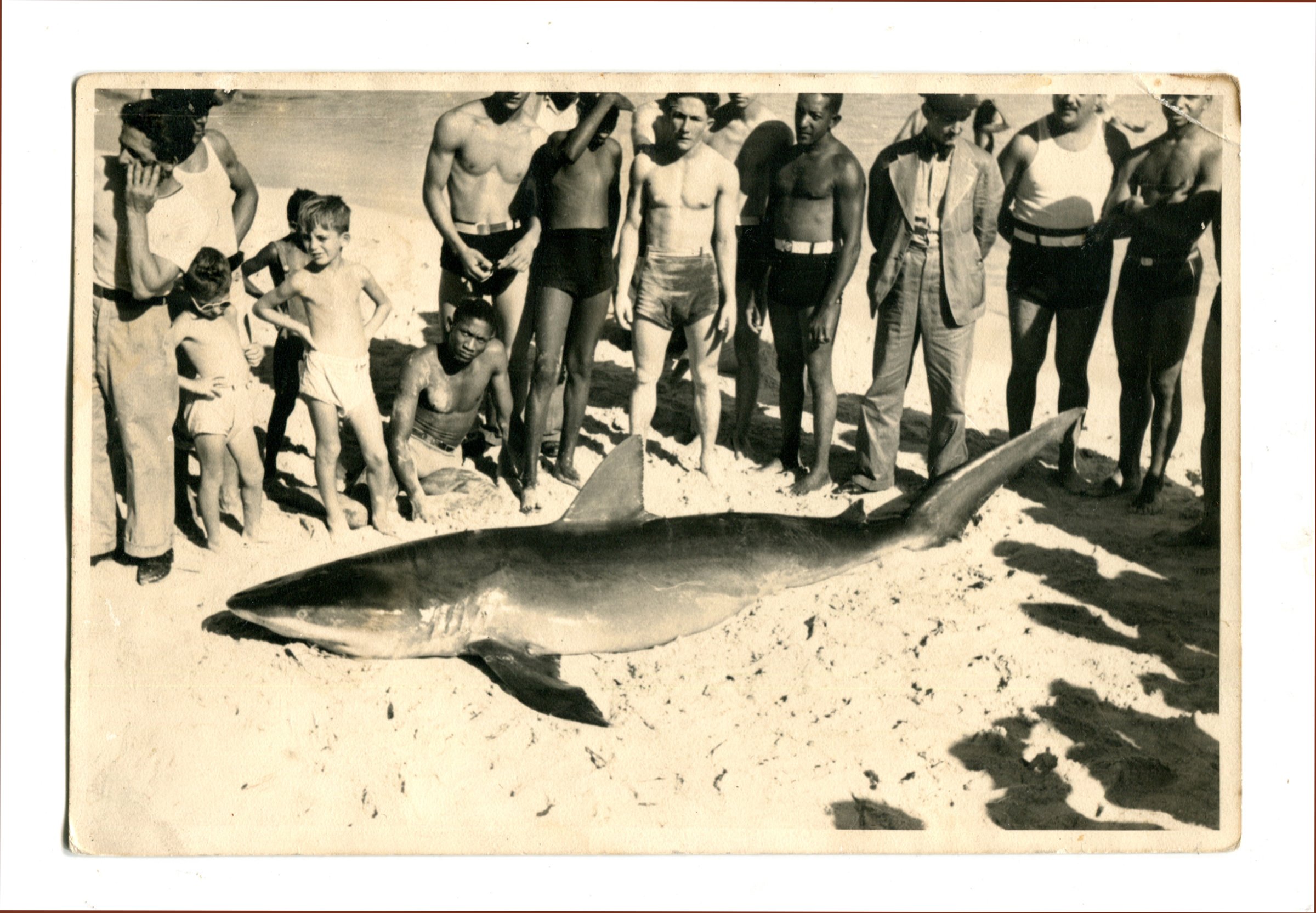
The Cuban revolution did not happen all at once. In the first half of the 20th century, even as Cuba maintained a reputation as a tourist haven and a haunt for Ernest Hemingway, the island’s politics were almost continually unsettled.
After Fidel Castro’s 1953 uprising against the dictator Fulgencio Batista failed, his followers waited for him to try again. By the end of the decade, Castro had done so — this time succeeding. But by early 1959, shortly after he first rose to power, it was clear that his revolution would not be a gentle one. As his government moved toward hardline communism, many fled Cuba.
One of those many was a young boy, just 8 years old, named Ramiro A. Fernández. Fernández, who was born in Havana, moved to the U.S. and stayed there. Years later, he would work in photo departments at Time Inc. for more than two decades, during which time he began to build a collection of images from his homeland. His collection of Cuban photos and ephemera — which today tops out at more than 8,000 individual items — includes rarities from Cuban history dating back to the early days of photography.
A selection of those images were previously published in the book Cuba Then, a revised and expanded edition of which will be released on May 29, as a response to evolutions of Cuba’s place in the world, particularly vis-à-vis the United States, since the first edition came out. (In 1960, the U.S. imposed an embargo that kept most U.S. goods out of Cuba, and two years later that policy expanded. During that period, the U.S. closed its embassy in Havana; diplomatic relations resumed in 2015 but tensions remain.)
The book includes more than 300 images, of which about a third — including all of the images seen above — are new to this edition and have never been published before. An exhibition at Miami Dade College, which includes some of the images, will also run through May 19 of next year.
As poet Richard Blanco notes in the book’s foreword, growing up in the Cuban community in Florida in the 1960s was in some ways a perfect storm for the development of a keen sense of nostalgia for pre-revolution Cuba, as Cuban exiles held an older version of the island in their hearts. For Fernández, that nostalgia has expressed itself in images — photographs of the revolution, but also of the everyday life and Caribbean beauty, two sides of the coin of Cuban memory.
From turn-of-the-century street scenes to 1950s glamor, these images offer a window into that enchanting but complicated world.
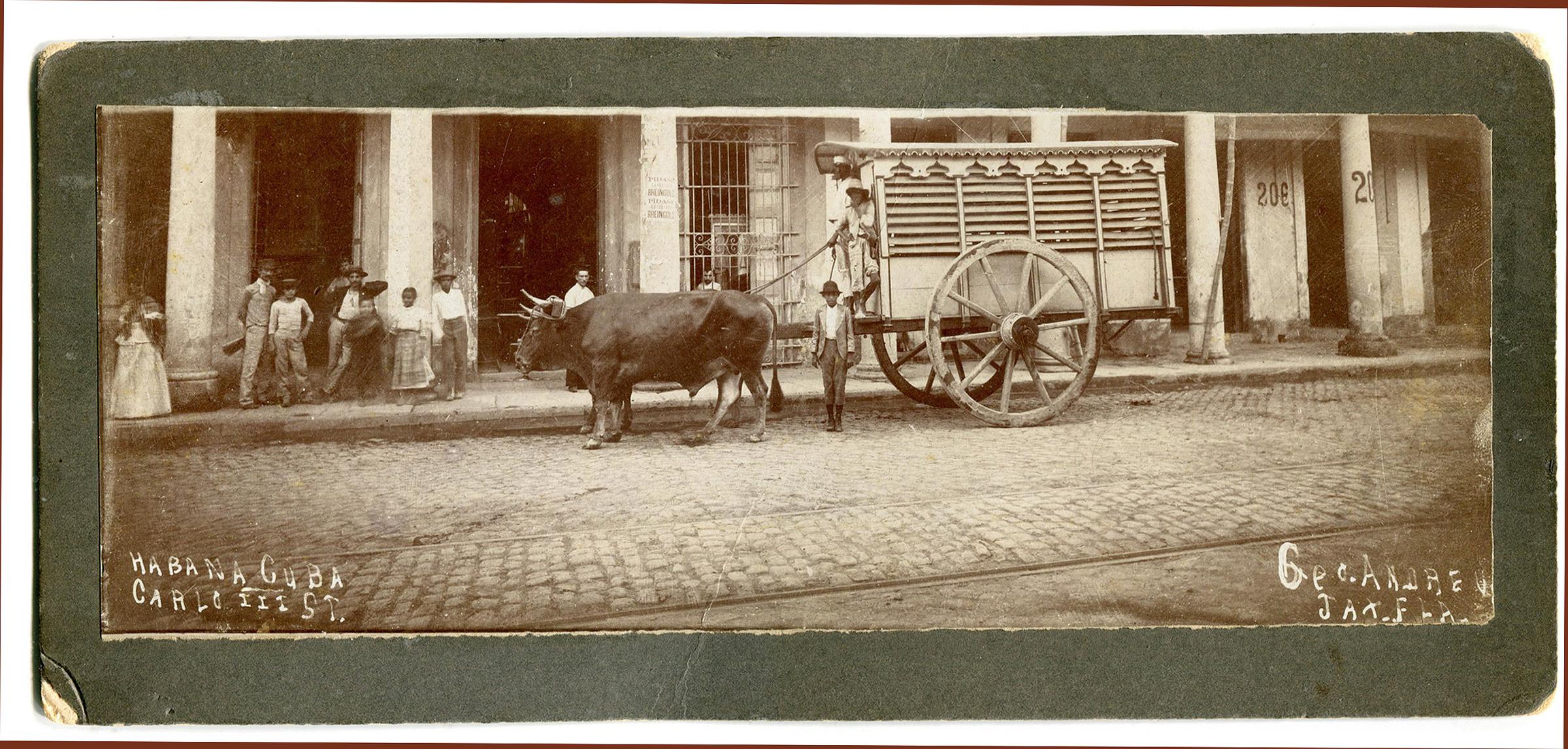
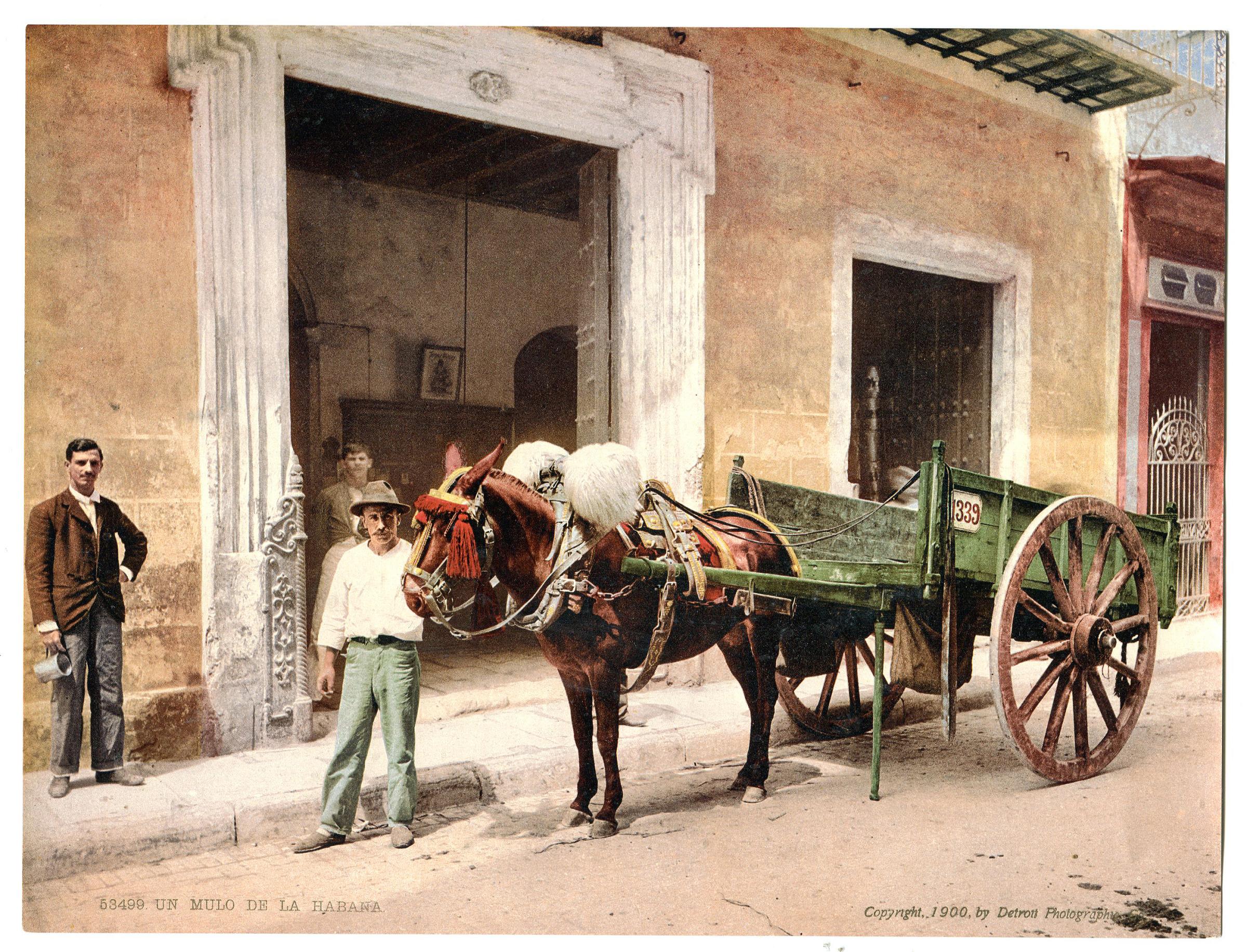
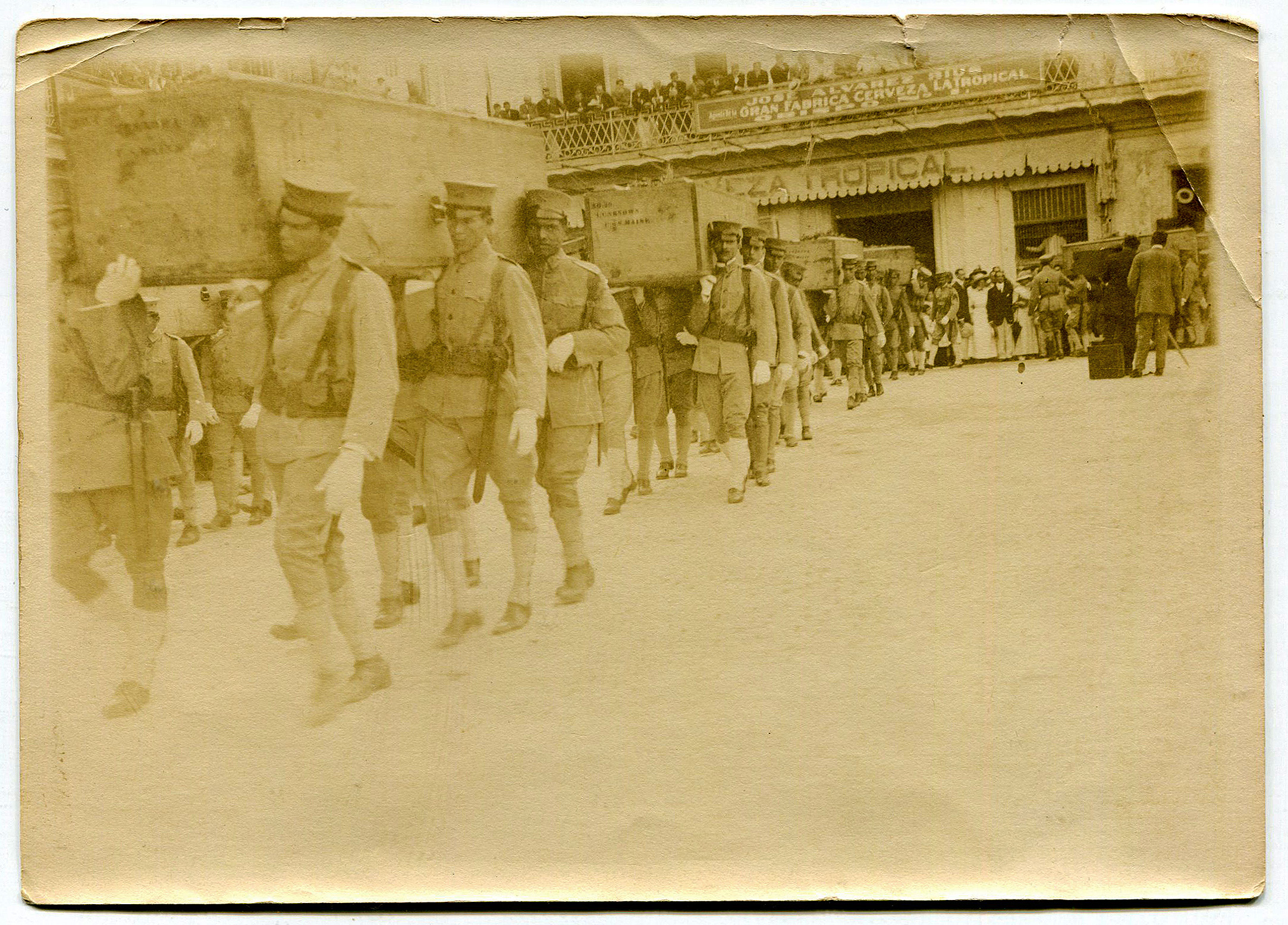
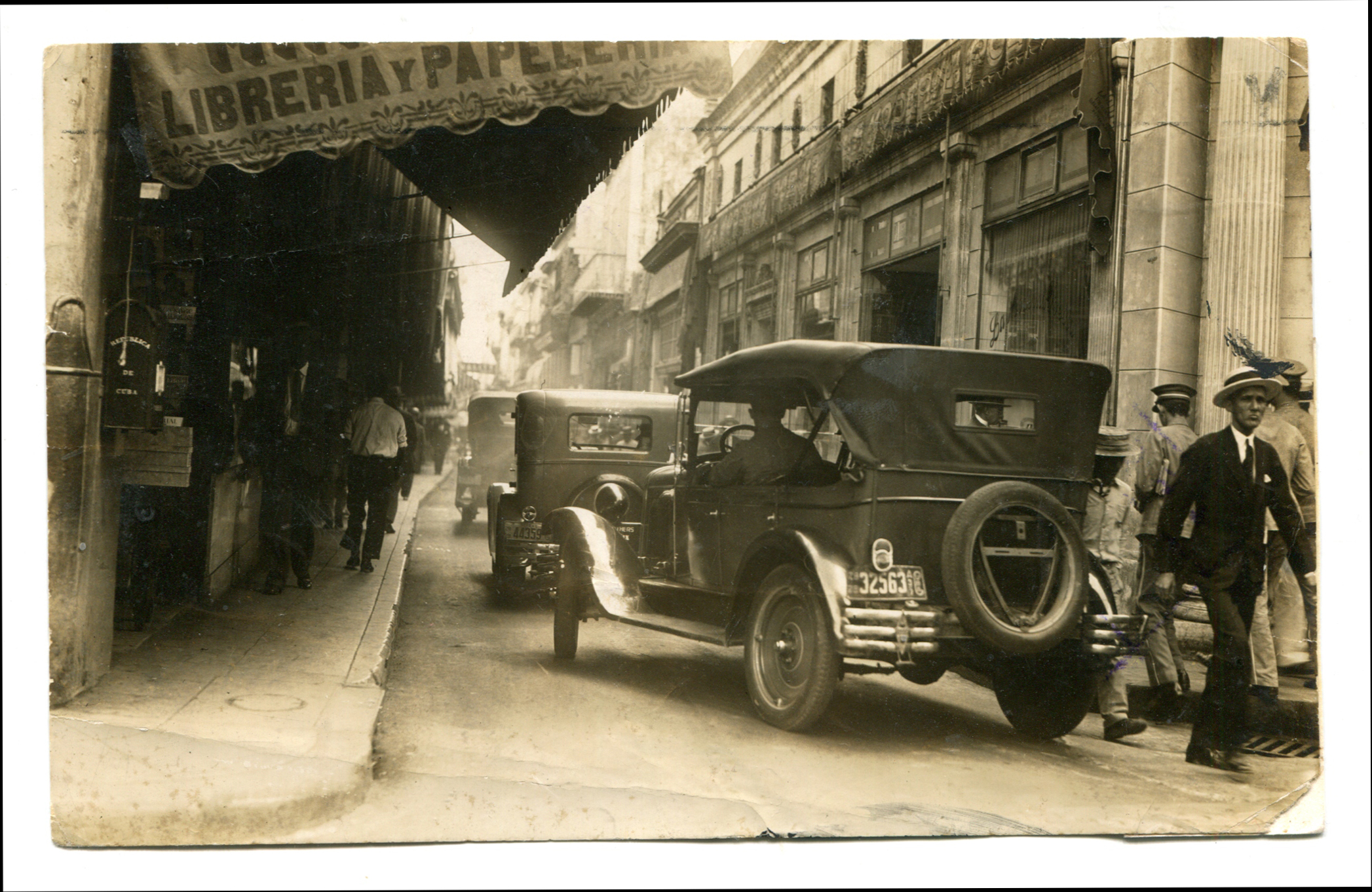
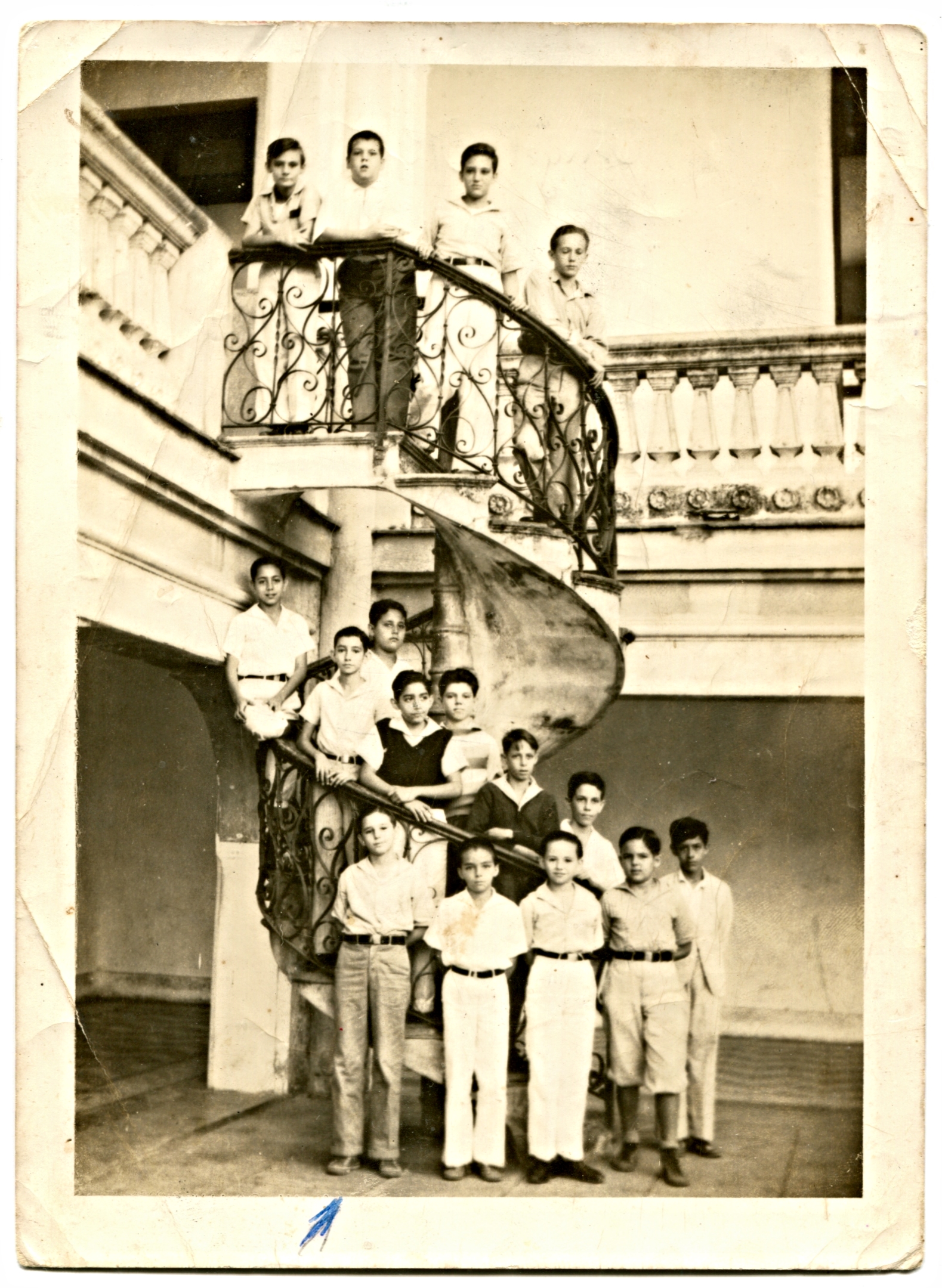
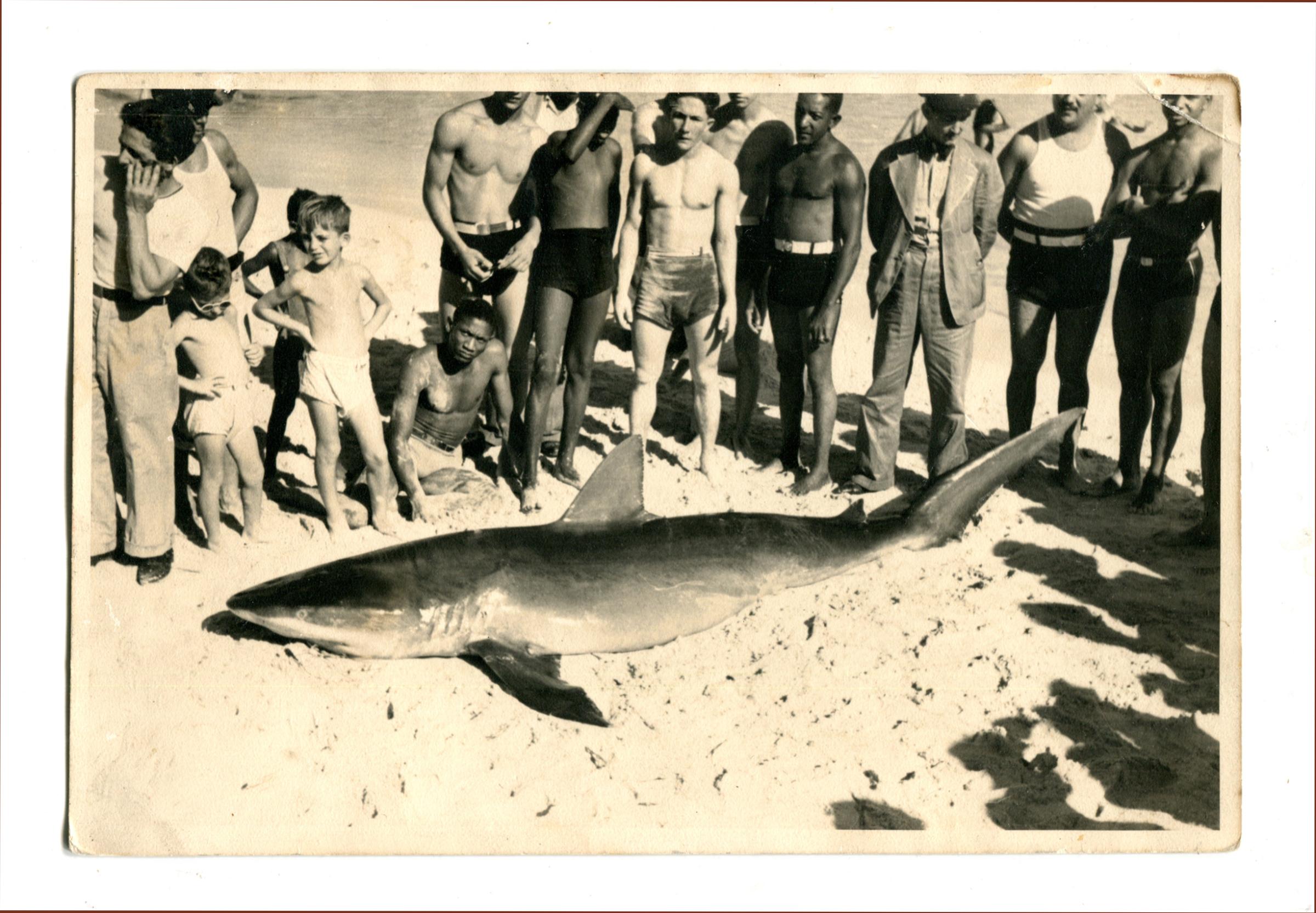
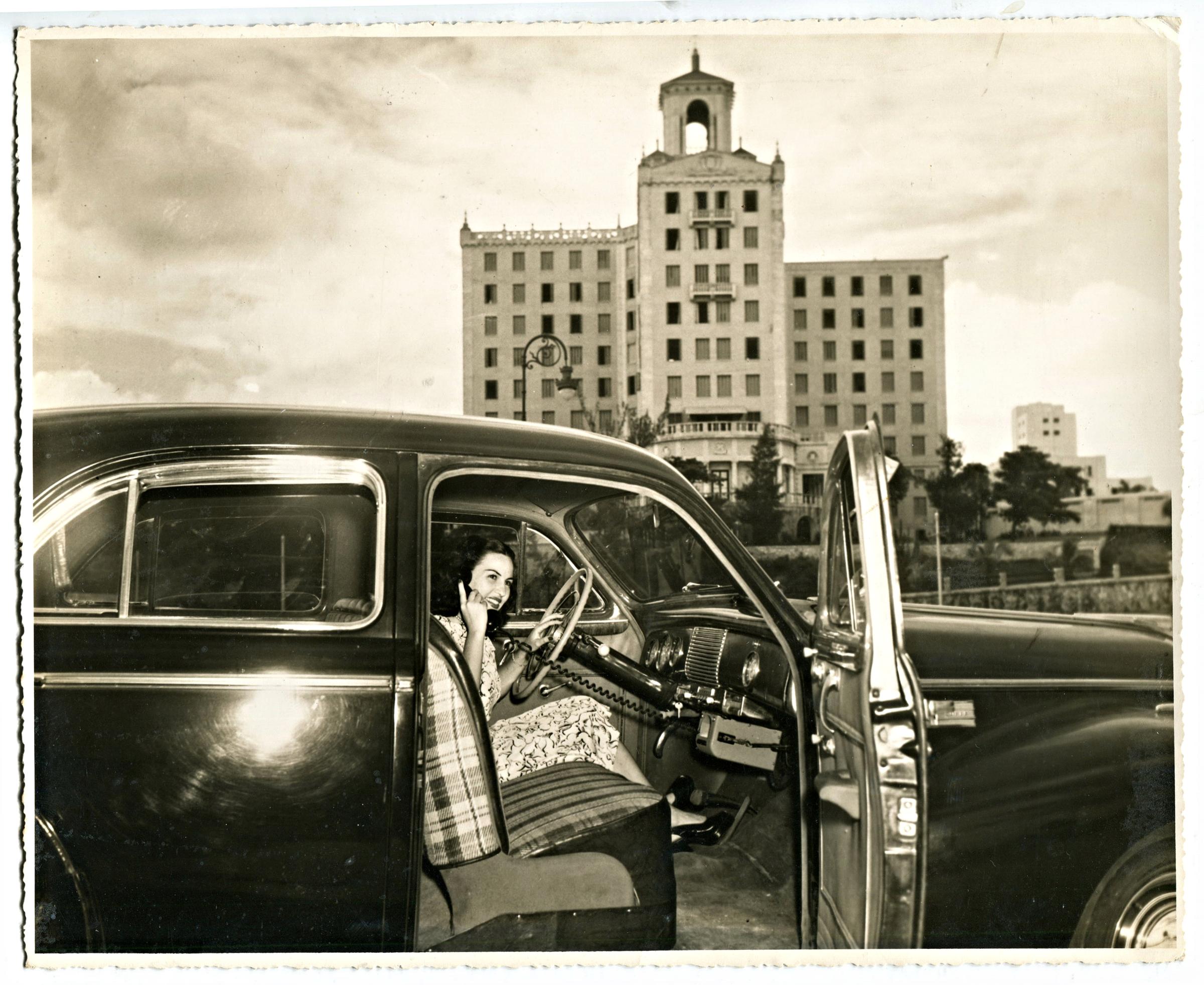
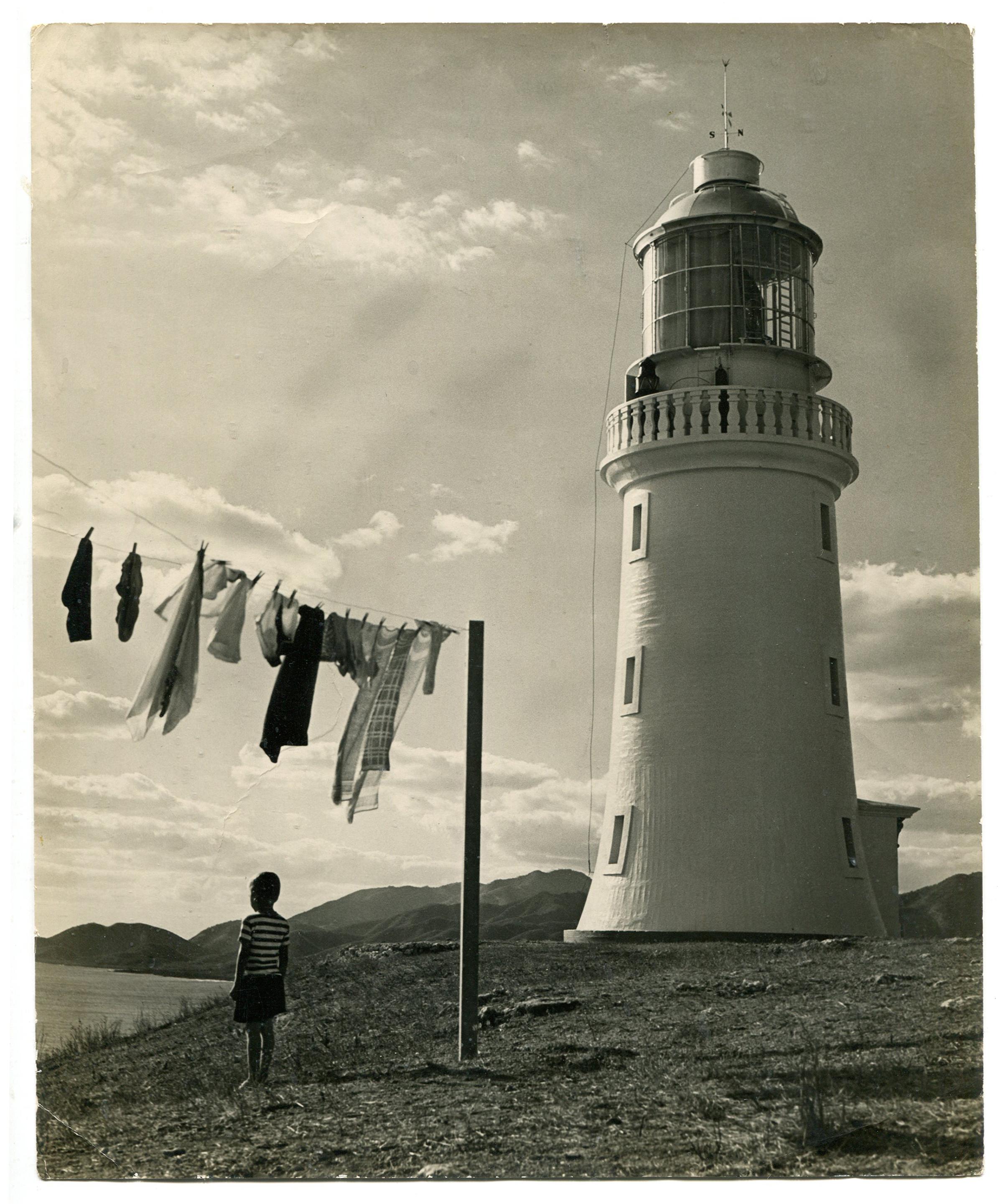
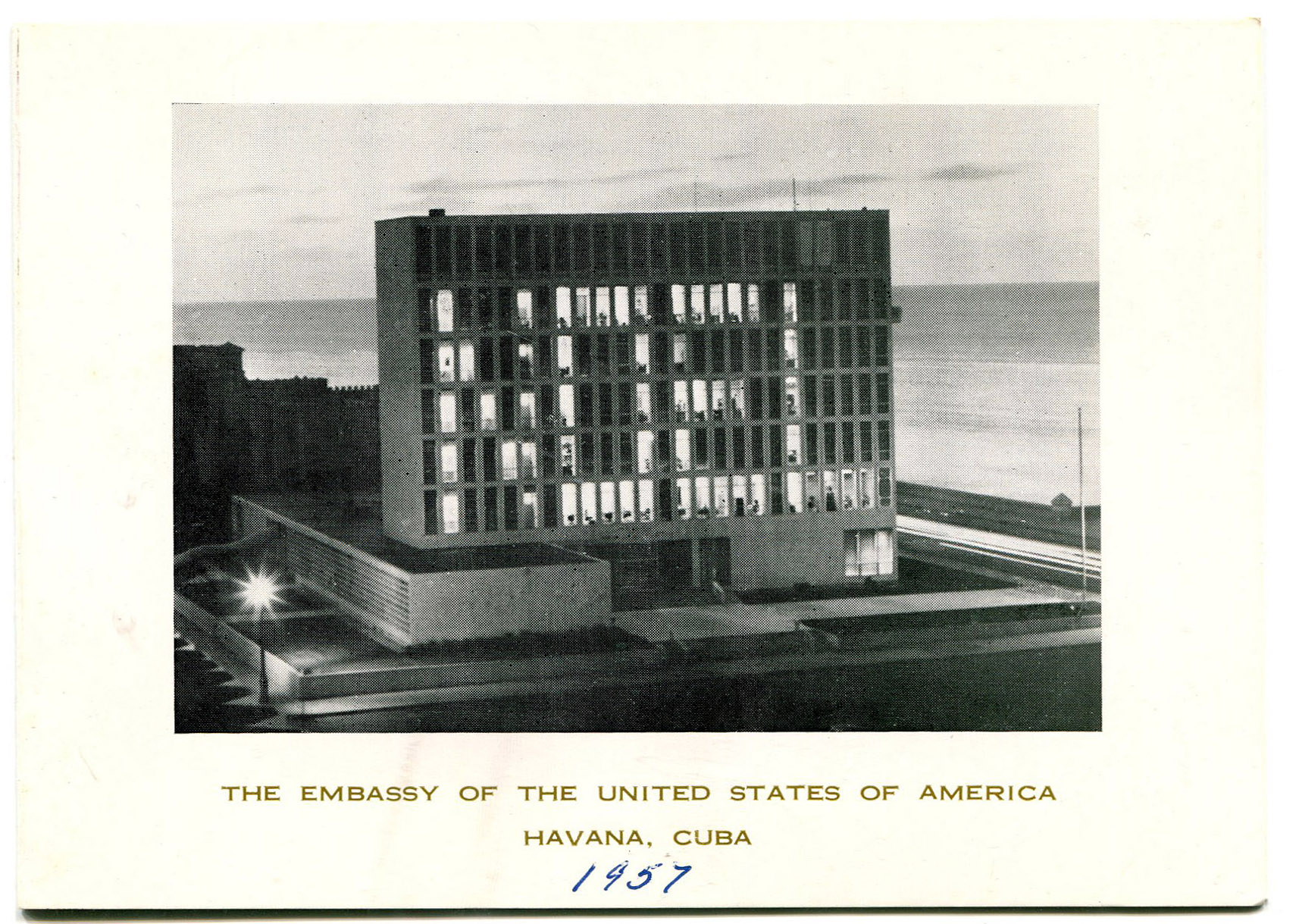
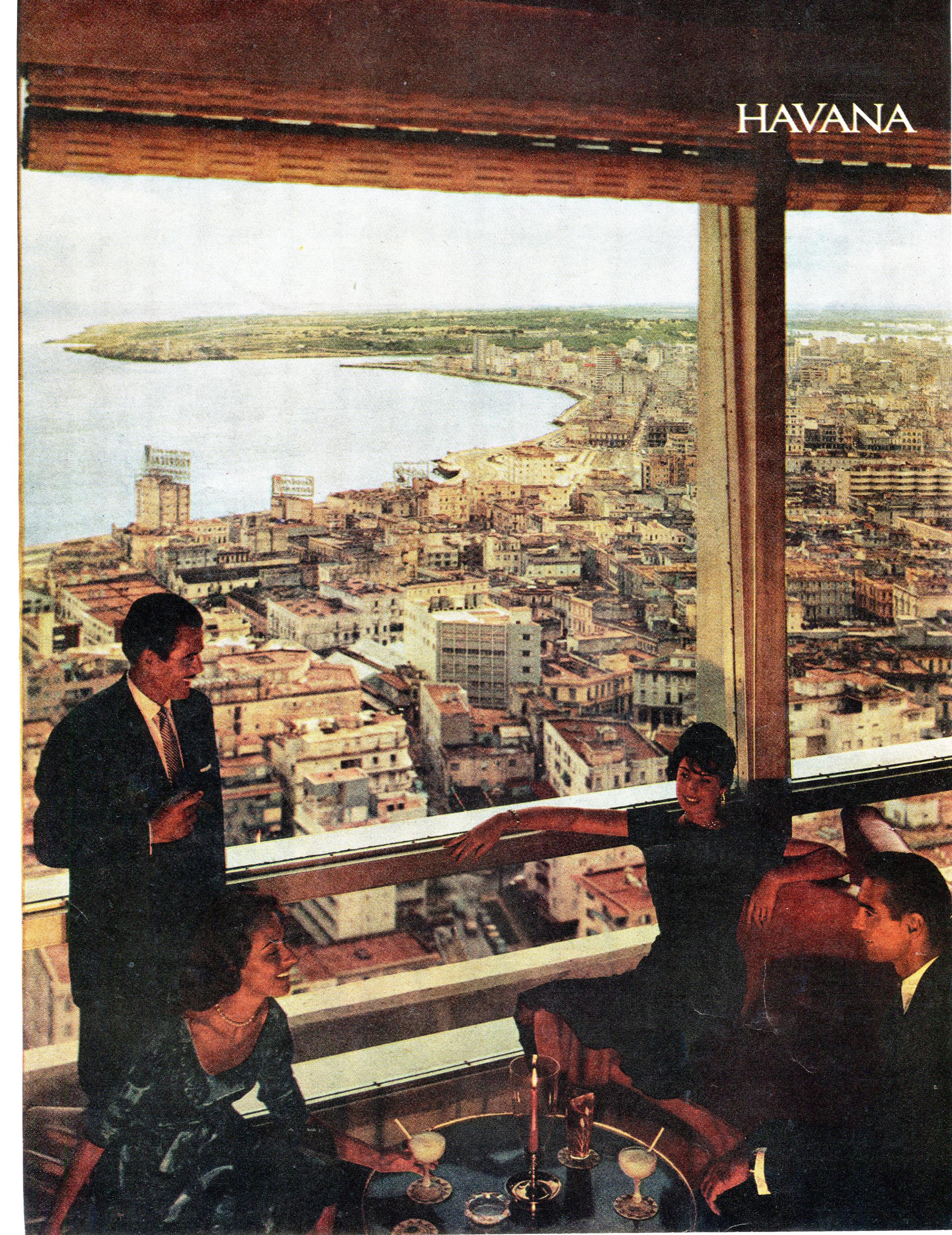
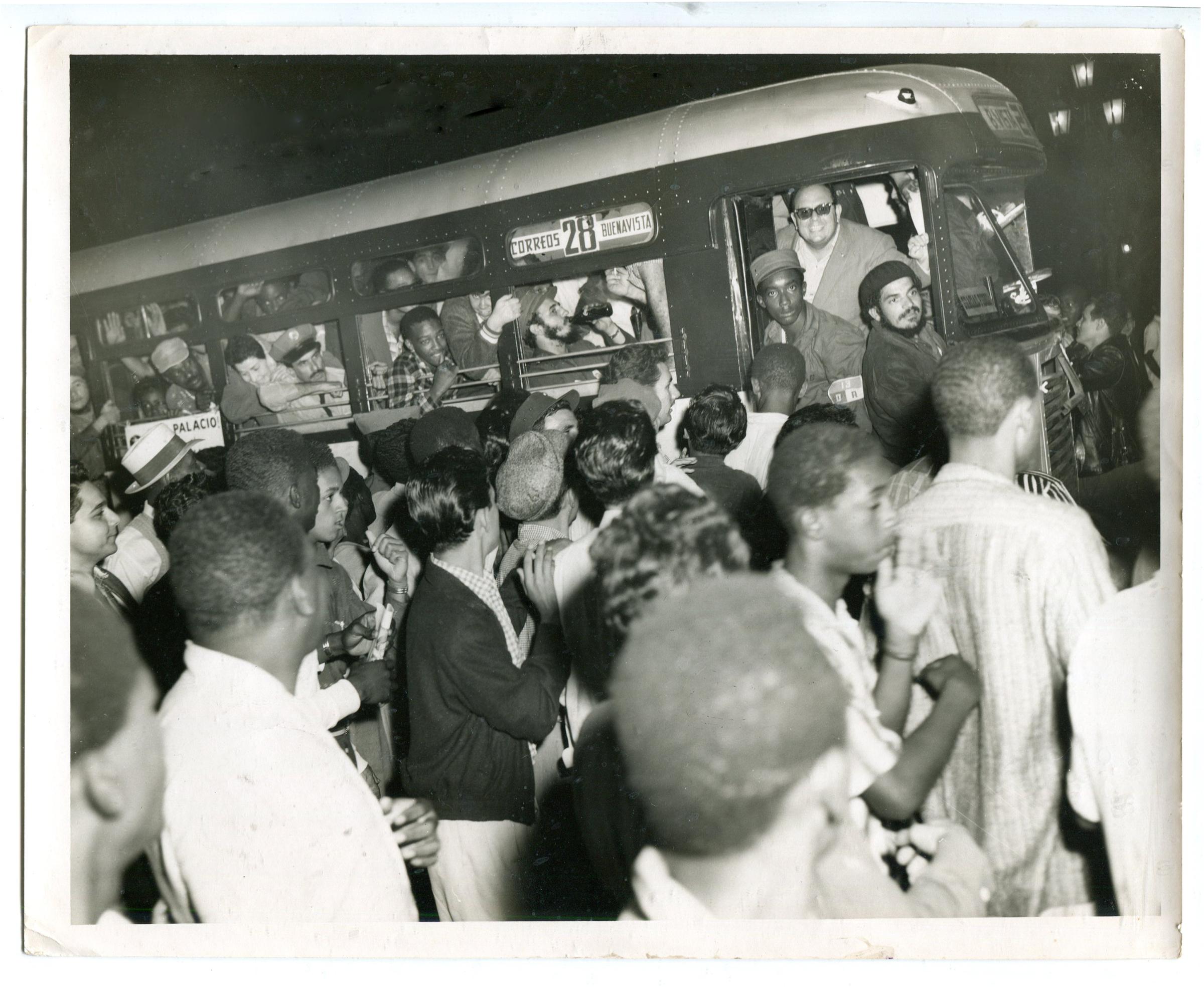
More Must-Reads from TIME
- Cybersecurity Experts Are Sounding the Alarm on DOGE
- Meet the 2025 Women of the Year
- The Harsh Truth About Disability Inclusion
- Why Do More Young Adults Have Cancer?
- Colman Domingo Leads With Radical Love
- How to Get Better at Doing Things Alone
- Michelle Zauner Stares Down the Darkness
Write to Lily Rothman at lily.rothman@time.com